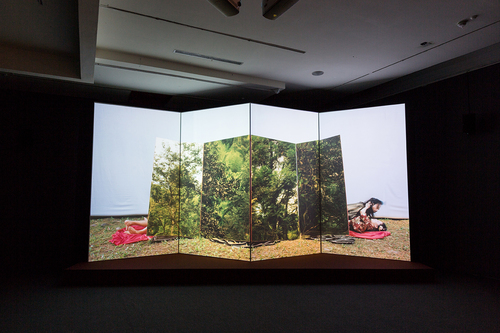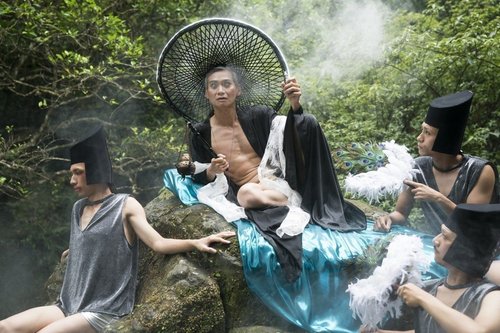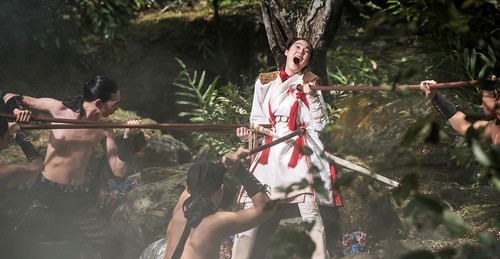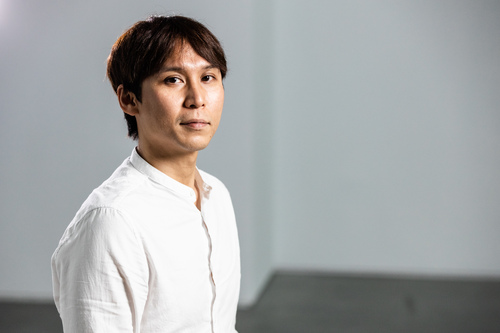Su Huiyu's "The Glamorous Boys of Tang (1985, Chui Kang-Chien)" wins the 17th Taishin Visual Arts Award
Su Huiyu’s “The Glamourous Boys of Tang (1985, Chui Kang-Chien)” wins the 17th Taishin Visual Arts Award!
“The Glamourous Boys of Tang (1985, Chui Kang-Chien)” is also invited respectively to participate in “Course of Action” exhibition in Hong Kong, “Elysium” at Casino Luxembourg contemporary art institution and Frameline 43 in San Francisco.
The establishment of the prestigious Taiwanese contemporary art award, the Taishin Arts Award, is to recognize outstanding exhibitions and performances of the year of that encourage humanistic thoughts, honor contemporary spirit, and embody professional, aesthetic achievement. After a year-long process of observation, nomination and selection, the Award ceremony takes place at Taishin Tower on May 25, 2019. In the ceremony, the winners of the 17th Taishin Award, selected from the 15 finalist artists and art groups, were announced.
In 1985, two years before the end of Taiwan’s martial law period, the renowned poet and screenwriter Chui Kang-Chien’s (邱剛健) Tang Chao Chi Li Nan (trans: The Glamorous Boys of Tang) was first screened in Taiwan. The film is a homoerotic fantasy, and was therefore not well received due to the conservative atmosphere at the time. The film’s first scene is an inexplicable exorcism ceremony which includes dancing. Next, two pretty boys appear, and when their eyes meet, the scene is suffused with their mutual fascination. The plot also includes disturbing killings, death, and orgies accompanied by dissonant sound effects made with a synthesizer, bizarre and gaudy set design, and ill considered costumes. The combined effect is something like a cult film. Comparing the film to the script held in the Taiwan Film Institute archives, it is obvious that the film has been heavily edited or many sequences could not be depicted in detail. Perhaps the filmmakers could not fully present the radicalism and passion of the screenplay due to budget restrictions, censorship, or marketing concerns. More than thirty years later, with new funding and film technology, Su Huiyu has re-created the film to call together the differently gendered bodies and subcultures of Taiwan’s diverse society. The four channel piece can be seen as a re-shooting, a re-narration of the original 1985 version, or the next leg of its journey.



